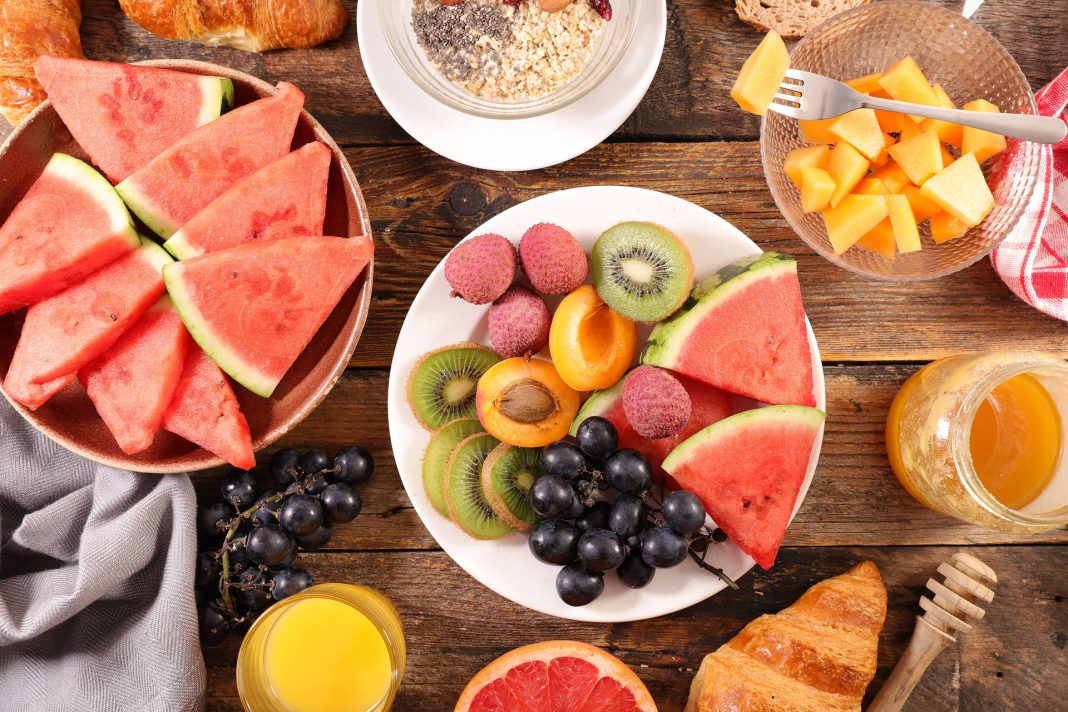This text is provided by the Pioneer Bird Blood Sugar Management Software! It helps you record blood sugar, blood pressure, and other health indicators, provides free samples of sugar-free foods, and customizes diet and exercise plans to accompany you in controlling blood sugar.
In daily life, dietary management is crucial for diabetes patients. Reasonable dietary combinations help control blood sugar levels and reduce the risk of complications. Today, let’s talk about how high blood sugar patients should eat lunch and stabilize blood sugar by choosing low GI foods.
First, let’s understand what GI value is. GI value, or Glycemic Index, measures the degree of blood sugar fluctuations caused by foods. Low GI foods release sugars slowly during digestion, keeping blood sugar levels stable. So, how can high blood sugar patients choose low GI foods for lunch?
1. Reasonable Combination, Balanced Nutrition
Lunch for high blood sugar patients should mainly consist of low GI foods, focusing on balanced nutrition. Here is a lunch combination suggestion:
Staple food: Choose whole grains, brown rice, oats, and other low GI ingredients. These foods are rich in dietary fiber, which helps slow sugar absorption and stabilize blood sugar levels.
Meat: Moderate intake of lean meat, fish, shrimp, chicken breast, and other high-quality proteins can meet the body’s needs and prevent blood sugar fluctuations.
Vegetables: Eat more green leafy vegetables, legumes, fungi, and algae, which are rich in vitamins, minerals, and dietary fiber, beneficial for blood sugar control.
Fruits: Choose fruits with lower GI values, such as apples, oranges, cherries, etc. Be mindful of portion control to avoid excessive sugar intake.
2. Recommended Low GI Foods
Brown rice: Brown rice is rich in dietary fiber, digests slowly, and helps stabilize blood sugar. Substituting brown rice for white rice is a good choice for a diabetes patient’s lunch.
Oats: Oats have the function of lowering blood sugar and cholesterol, suitable for diabetes patients. Oats can be paired with milk and fruits to create a delicious and nutritious lunch.
Legumes: Tofu, soy milk, green beans, and other legume products contain abundant plant protein and dietary fiber, contributing to blood sugar control.
Green leafy vegetables: Spinach, celery, broccoli, and other green leafy vegetables have low GI values, are nutritionally rich, and suitable for diabetes patients.
3. Precautions
Portion control: Even with low GI foods, excessive intake can lead to elevated blood sugar levels. Therefore, diabetes patients need to control lunch portions reasonably.
Cooking methods: Opt for cooking methods like steaming, stewing, and cold mixing with less fat to avoid high-fat cooking methods like frying and grilling.
Dietary regularity: Maintaining regular dietary habits aids in blood sugar control. Try to keep lunch times consistent and avoid overeating.
Here, I want to share how a blood sugar assistant has helped me. During blood sugar management, the blood sugar assistant not only reminds me to measure blood sugar and record diet but also provides personalized dietary advice based on my data feedback. With its support and encouragement, my blood sugar control has been improving.
In conclusion, selecting low GI foods, reasonable combinations, and paying attention to cooking methods during lunch can help stabilize blood sugar for high blood sugar patients. With the help of a blood sugar management assistant, we can definitely better control blood sugar and enjoy a healthy life. Let’s work together to conquer diabetes!


